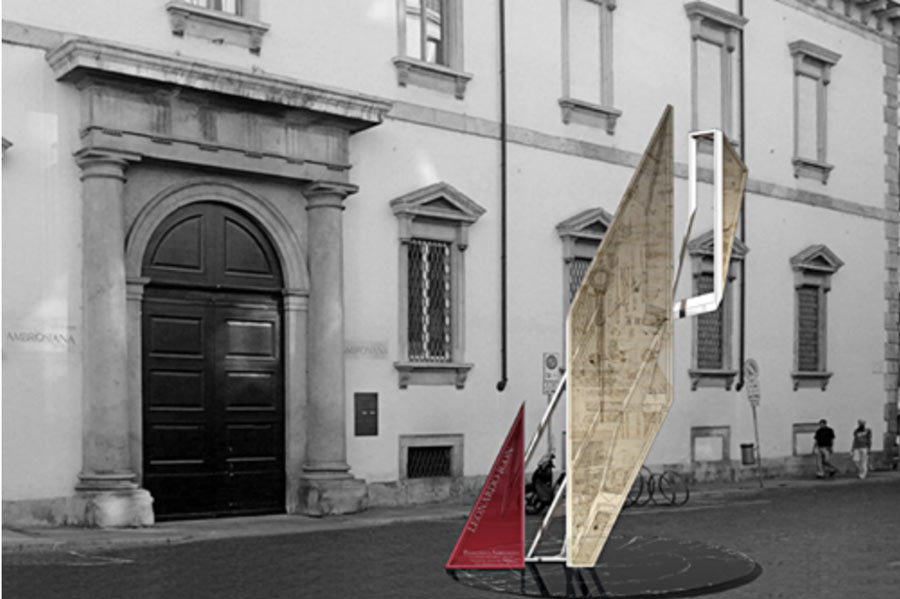When you talk to Daniel Libeskind, no single question has a simple answer. From his days as a young musical prodigy (he played the accordion) to his directorship at Cranbrook Academy, not to mention his voracious passion for literature, the fascinating episodes of his life all come together, informing his approach to design and architecture. His career path is an unusual one. And while that is true for many architects, his is particularly interesting, where each twist and turn, no matter how ostensibly disconnected, seem to have always prepared him for his next step. Take his two highest profile jobs, the Jewish Museum in Berlin and the master plan for Ground Zero. The two are intrinsically linked—the museum’s official opening to the public in 2001 was originally scheduled on September 11. The project had taken 13 years of political maneuvering to realize. Similarly, Libeskind’s World Trade Center site master plan was marred by a decade of delays and alterations, which threatened to blot out his original design intentions. One monumental task after the other, eerily similar in challenging circumstances, both offering the architect a rare opportunity to helm projects richly entrenched in emotion, symbolism, and historical significance.


